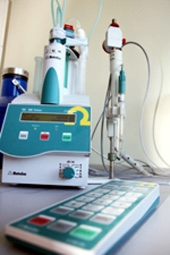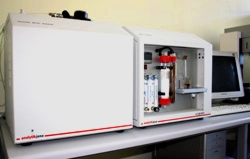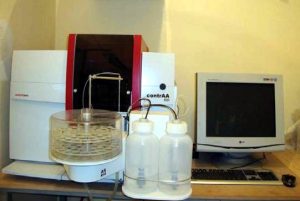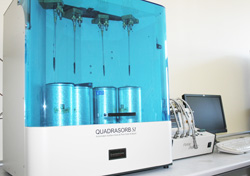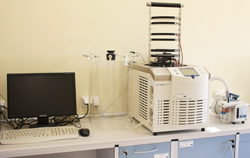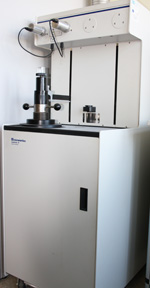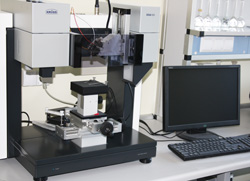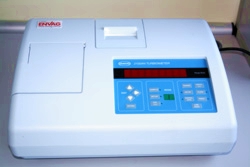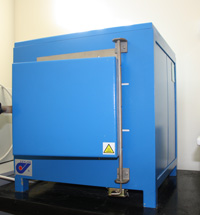POTENTIOMETRIC TITRATOR Titrino 702 SM
- Automatic device for chemical quantitative analyses in solutions.
- Directly titrations – usage of directly reaction between titrant solution and analyzed chemical compound.
- Indirectly titrations – analyzed substance does not react directly with titrant solution, but indirectly with another compound. Product of this reaction is then titrated.
- Reverse titration – Adjusted volume of solution with well known concentration is added in excessive amount to the studied solution. At next step, suitable selected titrant is used for titration of excessive amount of solution.
- Measurement of surface charge on the solid particles surface.
Measurement enables to calculate:
- distribution function of surface dissociation constants
- buffer capacity of studied system
- cation exchangable capacity CEC









